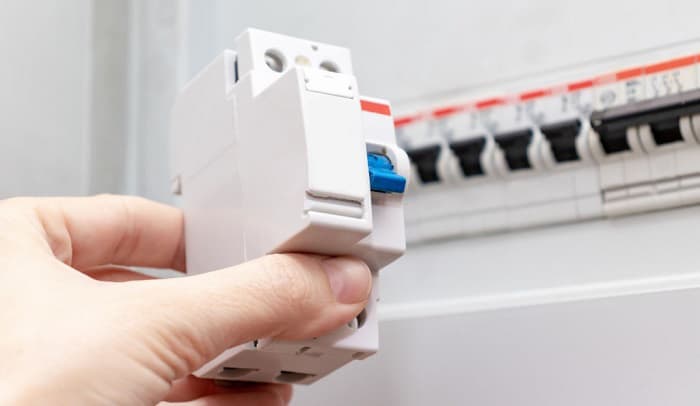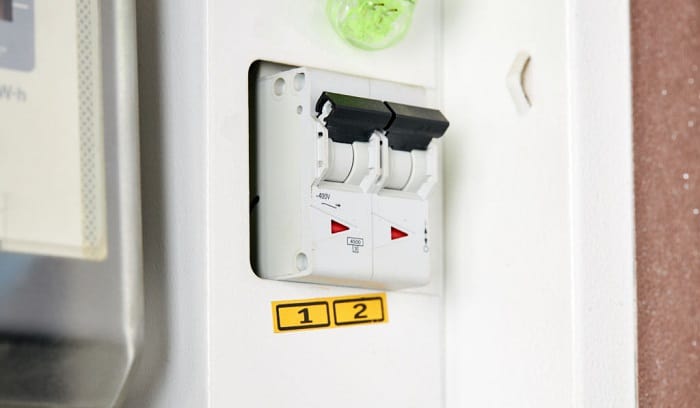Many assume that the answer to the question, “How many amps can a 60 amp breaker handle?” should be fairly obvious: 60 amps. While that’s true for most circuit breakers with this capacity, it’s not always the case.
According to Code, you have to limit the current to 80%. So, in most US and Canadian households, the capacity dips to 48 amps. This is the best and most exact answer. However, I’ll explain other factors to consider below.
Table of Contents
Some Distributions That Use 60-amp Breakers Can Handle Full Load Currents, but It’s Seldom Recommended.
The National Electrical Code always takes safety into consideration when making its recommendations. Sure, a 60-amp breaker can completely handle certain classes of electrical distribution up to its 100% capacity of 60 amps. Nonetheless, these are fewer than most common setups.
Always remember that the Code recommends only using 80% of the maximum capacity because it anticipates other factors like starting up the motor and intermittent loads. If you use a 60-amp breaker up to its maximum capacity, you’ll likely encounter trips more often, especially if these added loads occur.
Other Factors Play a Role in Deciding the Total Number of Amps
We can’t ignore other elements that play a hand in determining the maximum ampacity that a 60-amp breaker can handle. Regard these scenarios and factors to see why.
- There are recommendations that consider the panel’s ambient temperature. It is important to take them into account as temperature can directly affect the breaker’s capacity.
- Where the breaker is located affects the total amps it can handle before tripping. If it’s located on the higher side of the panel, expect a reduction of at least 5 amps in its total capacity.
- Don’t forget how long the electrical load lasts. The longer the load lasts, the sooner the breaker trips. Take note that it only takes 3 minutes of continuous 60-amp load to trip a 60-amp breaker.
We also can’t forget about variations and other types of circuit breakers. What if, let’s say, you’re using a double pole 30-amp breaker? Is a double-pole 30-amp breaker 60 amps? It’s logical to multiply the 30 amps by 2 in this case, right? Not really. You’re only dealing with a 30-amp load on each leg.
What about 60-amp double-pole breaker wiring? It’s no different from what you would use for a 60-amp breaker. It’s between 4 AWG to 6 AWG. The only difference is that you’ll need to install two hot wires sharing one neutral wire because it’s a double-pole.
Please watch this video to learn more about proper wire sizing:
Conclusion
“How many amps can a 60 amp breaker handle?” Objectively, it’s either 60 amps or 48 amps. Always lean toward the latter, though, if you want to minimize trips and adhere to guidelines set by the Code.
- Use the proper wire sizes that range from 4 AWG to 6 AWG when wiring.
- Always be mindful of the type of circuit breaker you’re using, particularly whether it’s a single-pole or double-pole.

I am Andrew Wright. With 8 years of experience designing, installing, and maintaining electrical power systems. I love my job, and I have always wanted to offer others the necessary help so they can take care of their houses.


